
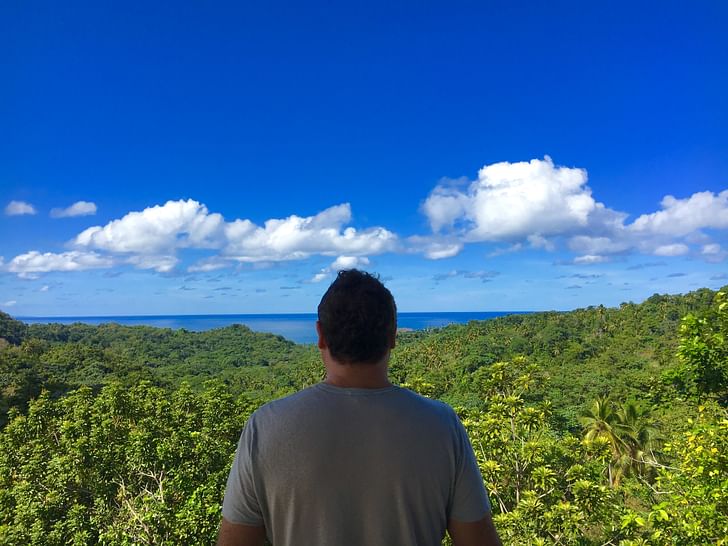
Oppenheim Architecture is a Miami-based architecture, interior design, and planning firm that maintains a second office in Basel, Switzerland. The 40-employee practice works across residential, luxury hotel, office, and retail project types within a variety of international contexts and brings a precise and elemental character to the work it takes on.
The firm, which started in 2000, is going strong after two decades of hard work, according to founder Chad Oppenheim, mainly because it allows the design team "to do projects the way we wanted to." Oppenheim adds, "The practice is much more about creating a platform for expression."
That expression might take the shape of a high-rise, glass-walled condominium tower, a concrete-walled office complex, or even, a beautifully sculptural waste water treatment plant. Regardless, what results is sure to enliven the senses and increasingly, bring new energy to surrounding areas, whether that is Miami's Design District or a remote landscape in Bali. As Oppenheim explains in our latest Studio Snapshot, "Our aim is always to try to secretly insert ourselves into these landscapes, surgically placing ourselves to create monumentally silent buildings that amplify the site and its sensitivities."
Where and when did your studio start?
I started the studio around 2000, in my studio apartment. It kept growing a little bit every year until we were ten people in a 700-square-foot space.
How did you come up with your name and company ethos?
I studied many different options but ultimately decided on using my last name.
We started by doing projects in up and coming areas and using architecture as we way to extract the best return on investment for our clients. Further down, we wanted to see how architecture can be as elemental as possible. Little by little, we were brought onto projects on spectacular sites, and we wanted to make the most out of them – bringing feeling and emotion as part of our ethos.
How many people work at the company?
We are a total of 40 in Miami and Basel.
We started by doing projects in up and coming areas and using architecture as we way to extract the best return on investment for our clients. Further down, we wanted to see how architecture can be as elemental as possible. Little by little, we were brought onto projects on spectacular sites, and we wanted to make the most out of them – bringing feeling and emotion as part of our ethos.
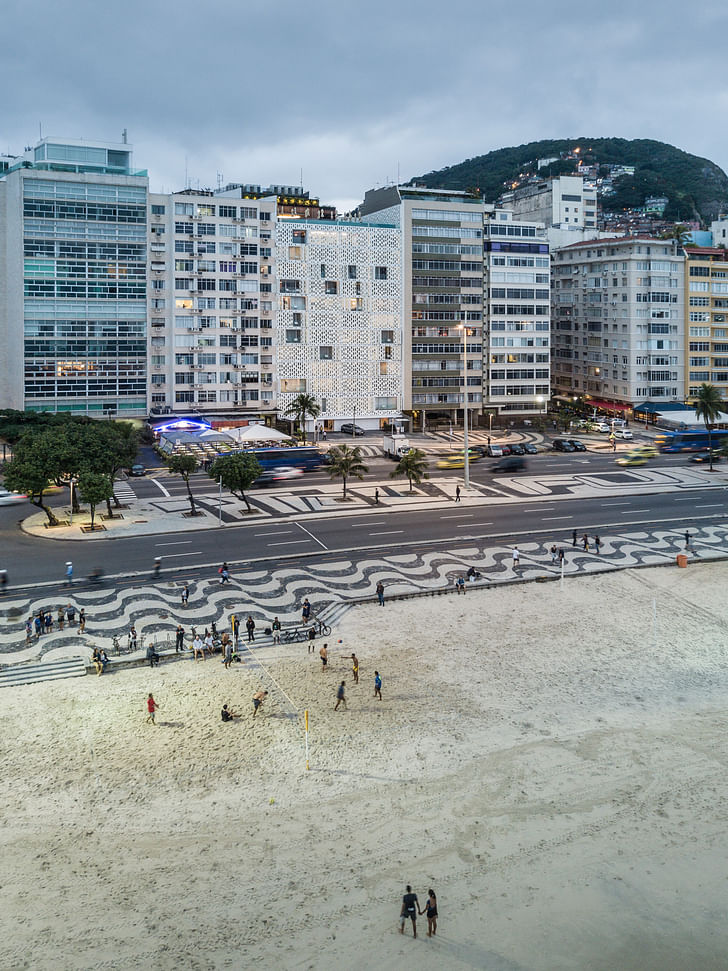

What made you make the decision to start an office?
It wasn’t so much deciding to start an office as it was about being able to do projects the way we wanted to. The practice is much more about creating a platform for expression.
What are other offices that you look at for guidance and why?
One office I admire is Herzog & De Meuron. They scaled up while keeping the same rigor and experimentation in their work. They manage to push a unique sensibility despite having scaled up. They are also neighbors to our Swiss office.

What would you want your firm to be known for?
I’d like to be known for creating buildings that help connect people back to nature and to each other. Right now, I'm focusing heavily on environmental sustainability. I’m also thinking about ecosystems, not just in nature, but also in terms of communities and how people interact in buildings.
It wasn’t so much deciding to start an office as it was about being able to do projects the way we wanted to. The practice is much more about creating a platform for expression.
What is your firm’s approach to work-life balance?
We try to make what we do fun – We're very lucky to be working in such amazing locations with incredible people.
Do you offer flexible / remote work schedules?
In-person collaboration is very important, but we also try to accommodate individual needs.
What were the biggest obstacles along the way?
They still exist. We’re always striving and going forward. The biggest obstacle is to align clients with budgets – making sure that what they want can be achieved on target.
A lot of things in our profession that are out of our control – political, social, and economic issues. They dictate our existence, but we have no way of affecting them.
What are you currently working on?
We are building several hospitality projects in Indonesia – Bali and Java. We also have a new resort in the Bahamas and several upcoming buildings in the Middle East.
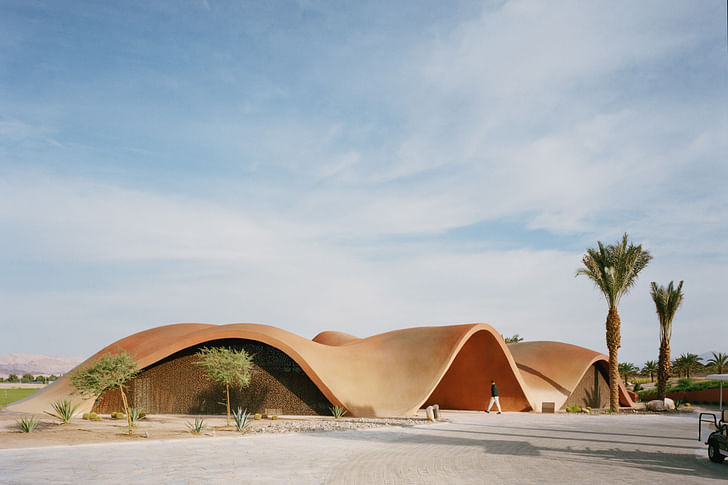
What is the main thesis of your office and has it changed over time?
Crafting Paradise. Architecture that enhances Life. Forms follows Feeling. It's always been a central part of my practice and I'm lucky to have collaborators and clients that are so aligned with the thesis.
Where do you see the office in 5 years? In 10 Years?
Hopefully, continuing projects that fall into the thesis. Expanding into other markets and designing more exciting projects in spectacular settings.
Crafting Paradise. Architecture that enhances Life. Forms follows Feeling. It's always been a central part of my practice and I'm lucky to have collaborators and clients that are so aligned with the thesis.
How do you look for talent for your office?
Passion and sensibility are essential – We look for people who love our work and whose ethos falls into line with ours.
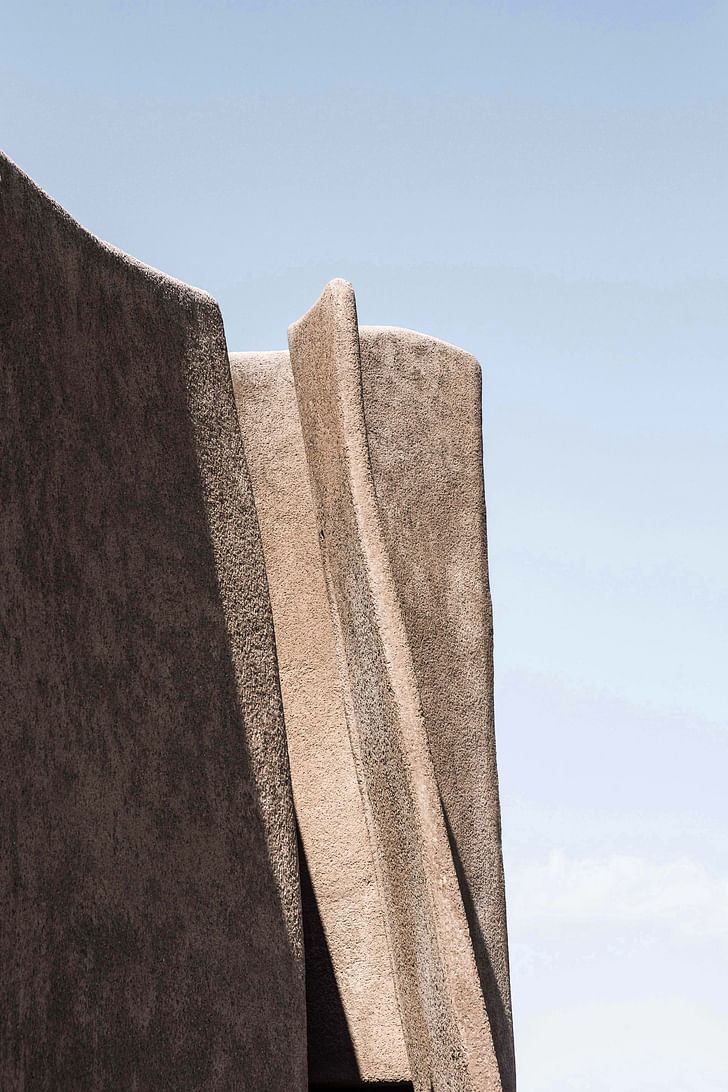
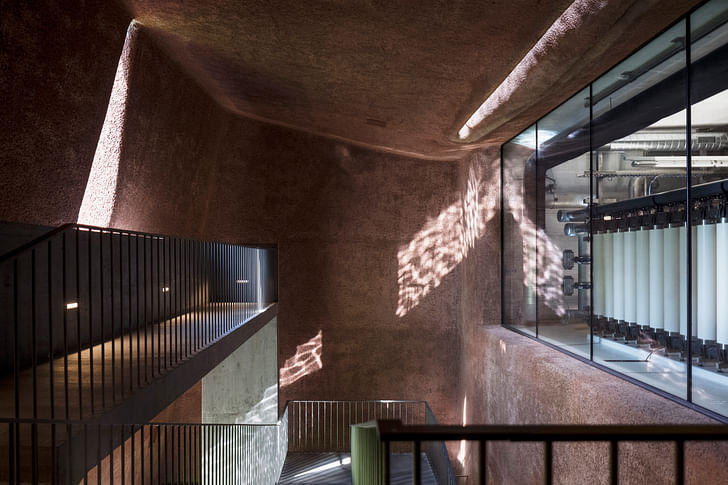
What are some of the projects you have worked on in Miami?
The most important one is Ten Museum Park – one of the first tower developments on Biscayne Boulevard.
GLF Headquarters by the Miami River – a project inspired by the industrial surroundings.
There are also several residential projects, such as Villa Allegra and Ilona Lofts on Miami Beach.
Are there ways of working or building that are different in Miami when compared to the other markets you work in?
Every place is unique. Our aim is always to try to secretly insert ourselves into these landscapes, surgically placing ourselves to create monumentally silent buildings that amplify the site and its sensitivities. The question is how to tap into these things and make unique cultural experiences through buildings.
Antonio is a Los Angeles-based writer, designer, and preservationist. He completed the M.Arch I and Master of Preservation Studies programs at Tulane University in 2014, and earned a Bachelor of Arts in Architecture from Washington University in St. Louis in 2010. Antonio has written extensively ...
1 Comment
Nice work, I've been curious to see where this firm goes. As an interviewee, he's pretty dry though... at least not full of jargon I guess.
Block this user
Are you sure you want to block this user and hide all related comments throughout the site?
Archinect
This is your first comment on Archinect. Your comment will be visible once approved.